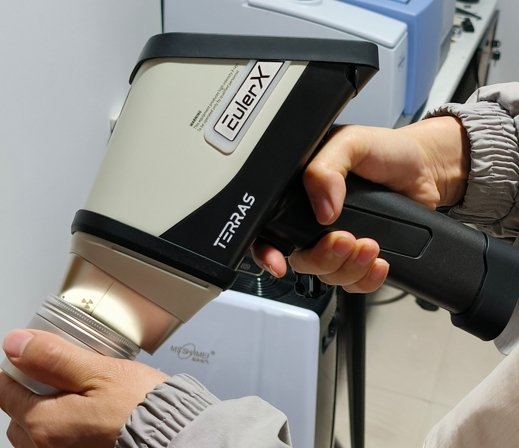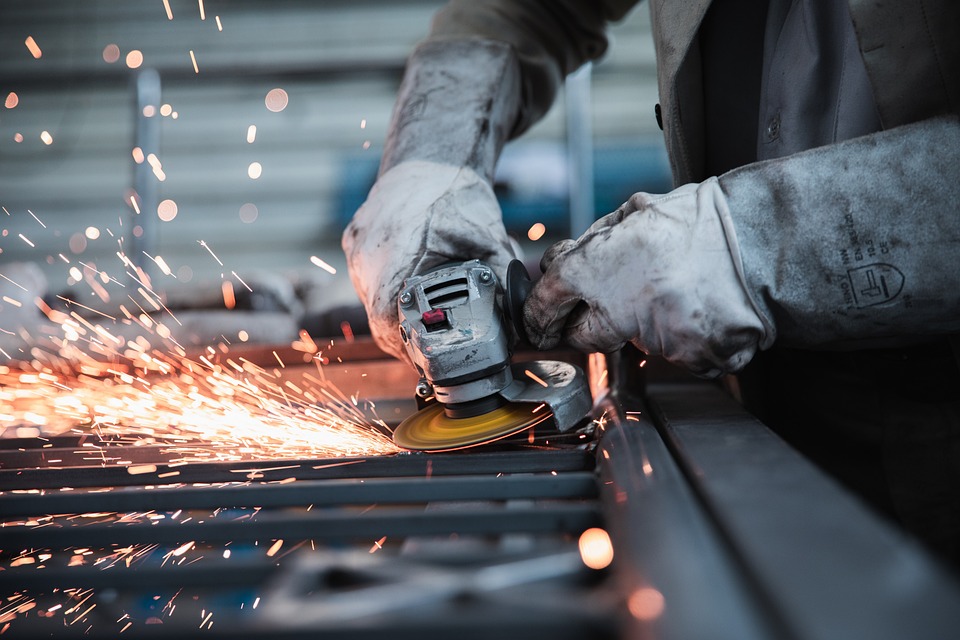
XRF Technology
A high-tech enterprise focusing on the development and application of X-ray technology products, committed to becoming a leading supplier of X-ray industrial testing solutions.
How Does an XRF Gun Work? Insights into Portable Elemental Analysis
In today's fast-paced world, the ability to quickly and accurately analyze materials is crucial across various industries, from environmental science to manufacturing. One of the standout tools in this field is the XRF gun (X-ray fluorescence gun). This portable device provides an efficient way to assess the elemental composition of materials on-site. In this article, we’ll explore how XRF guns work and their significance in elemental analysis.

Terras EulerX900 Handheld Alloy Analyzer
What is an XRF Gun?
An XRF gun is a handheld device that uses X-ray fluorescence technology to determine the elemental composition of a material. It’s widely used in applications such as metal recycling, environmental testing, and archaeological analysis, thanks to its portability and ease of use.
How Does It Work?
1. X-Ray Emission
When you aim the XRF gun at a sample, it emits high-energy X-rays. These X-rays penetrate the material and interact with the atoms within it. The energy from the X-rays can knock out inner-shell electrons from the atoms, creating vacancies.
2. Fluorescent X-Ray Emission
As the atoms regain stability, they emit their own fluorescent X-rays. Each element emits X-rays at specific energy levels, creating a unique "fingerprint" that identifies the element. This characteristic emission allows the XRF gun to differentiate between various elements in the sample.
3. Detection and Analysis
The XRF gun has a detector that captures the emitted fluorescent X-rays. This data is then processed by the device's software, which analyzes the energy levels of the detected X-rays. By comparing these levels to known standards, the device can determine the elemental composition of the sample.
4. Results Display
The results are typically displayed on a digital screen in real-time, showing the concentration of various elements present in the sample. Many modern XRF guns also allow users to export this data for further analysis or record-keeping.
Advantages of Using XRF Guns
Non-Destructive Testing
One of the biggest advantages of XRF technology is its non-destructive nature. It allows users to analyze materials without altering their physical state. This feature is particularly valuable in fields like archaeology, where preserving artifacts is essential.
Portability and Speed
XRF guns are lightweight and portable, enabling on-site testing. This capability is crucial for industries like metal recycling, where rapid analysis can significantly enhance efficiency and productivity.
Wide Range of Applications
XRF guns can analyze various materials, including metals, soils, plastics, and even liquids. This versatility makes them an indispensable tool in diverse fields, such as environmental monitoring, quality control in manufacturing, and safety assessments in construction.
User-Friendly Interface
Most modern XRF guns come with intuitive interfaces that make them easy to operate, even for users with limited technical expertise. Many devices also feature touchscreen displays and straightforward navigation, facilitating quick and efficient testing.

Terras EulerX900 Handheld Alloy Analyzer
Applications of XRF Technology
Environmental Monitoring: XRF guns are commonly used to assess soil contamination, helping identify hazardous elements like lead or arsenic and guiding remediation efforts.
Metal Recycling: In the recycling industry, XRF technology aids in sorting metals and assessing the quality of scrap materials, ensuring that valuable resources are recovered.
Archaeological Analysis: Archaeologists use XRF guns to study artifacts and materials from historical sites without damaging them, gaining insights into past cultures and practices.
Quality Control: Manufacturers utilize XRF technology to ensure that their products meet regulatory standards and quality benchmarks by analyzing raw materials and finished products.
The EulerX 900 series has proved to be an excellent choice for metal analysis in a wide fields, providing fast, accurate results directly to the user. Thanks to its cutting-edge electronics and sophisticated mathematical algorithms, the EulerX 900 series ensures superior measurement quality within seconds. This makes it an ideal tool for inspecting and analyzing incoming materials, finished products, and in-process production parts in a non-destructive manner. Its simplicity of operation allows users to quickly view alloy grade and chemical composition on the touch screen display, achieving laboratory-quality analysis with minimal training and virtually no need for sample preparation, regardless of the sample is shape or size.
Conclusion
XRF guns represent a significant advancement in portable elemental analysis, providing rapid, accurate, and non-destructive testing capabilities. Their ease of use, combined with their ability to analyze a wide range of materials, makes them invaluable across various industries. As technology continues to evolve, XRF guns will undoubtedly play an even more crucial role in our ability to understand and manage the materials we encounter daily. Whether in recycling, environmental monitoring, or research, the insights gained from XRF analysis are shaping a more efficient and informed future.
Join Us
Subscribe to our email list for updates & promotions.



